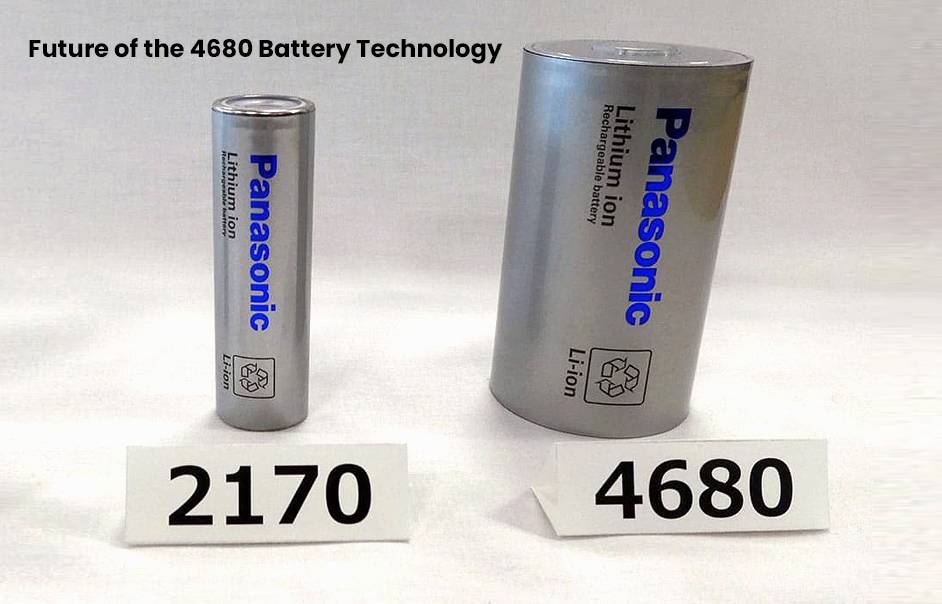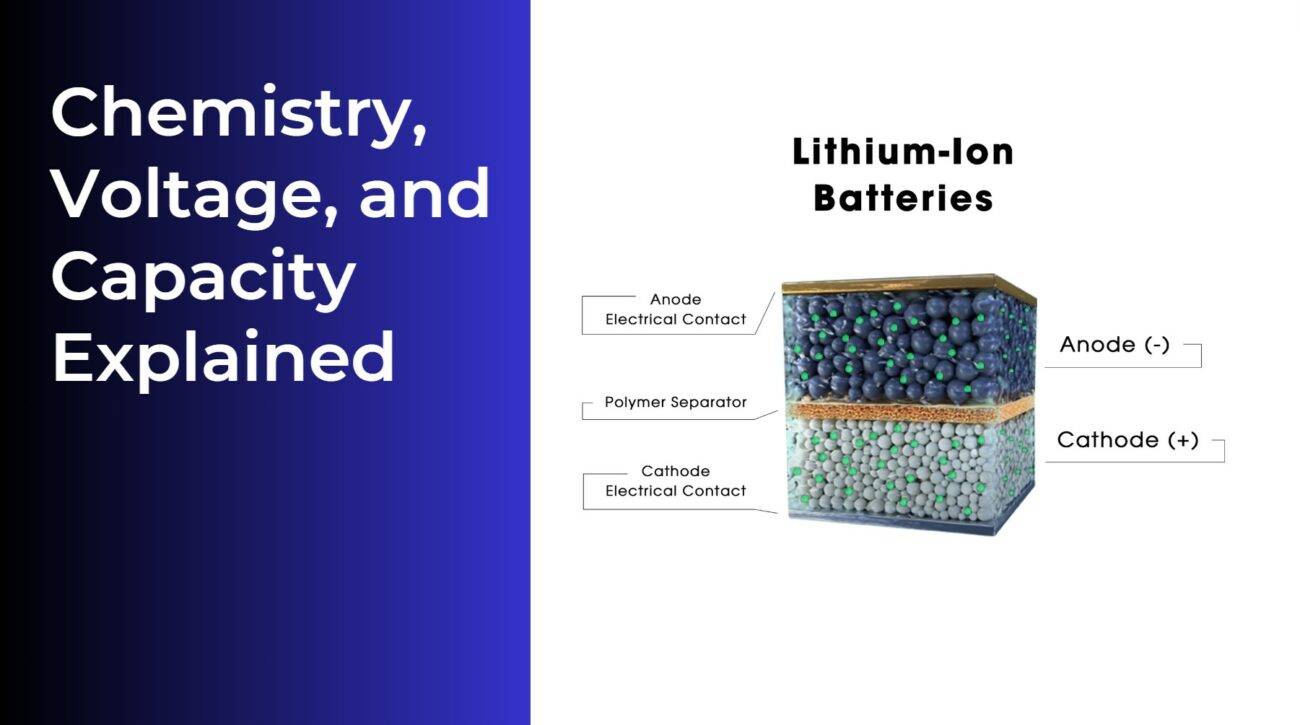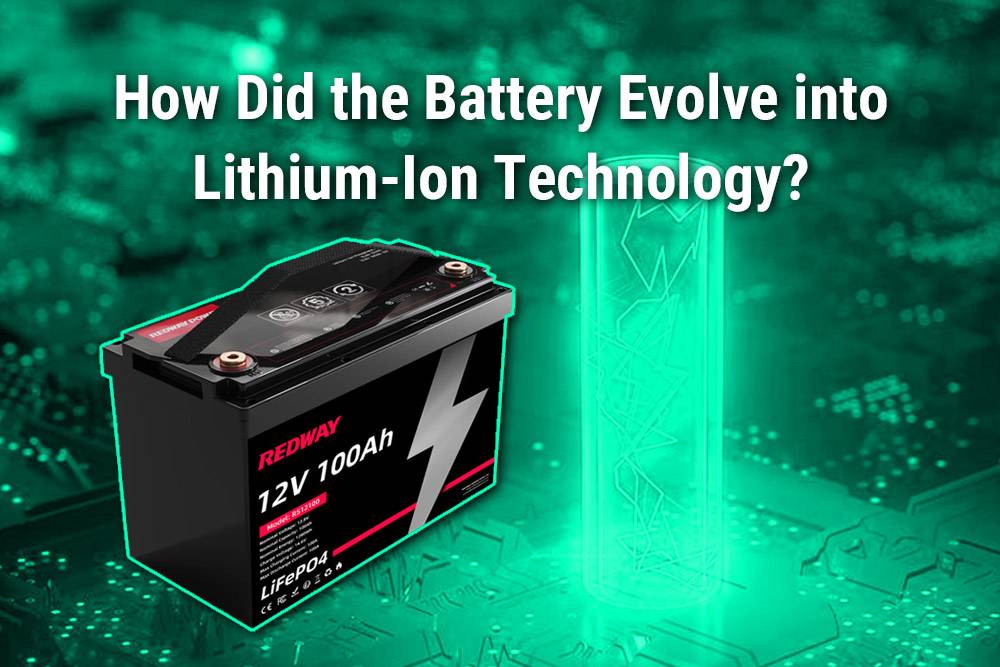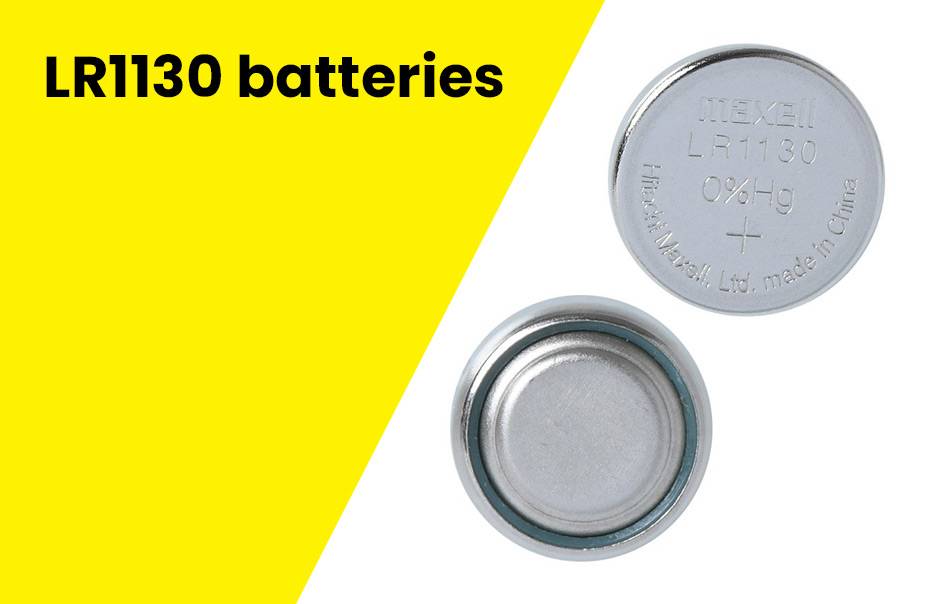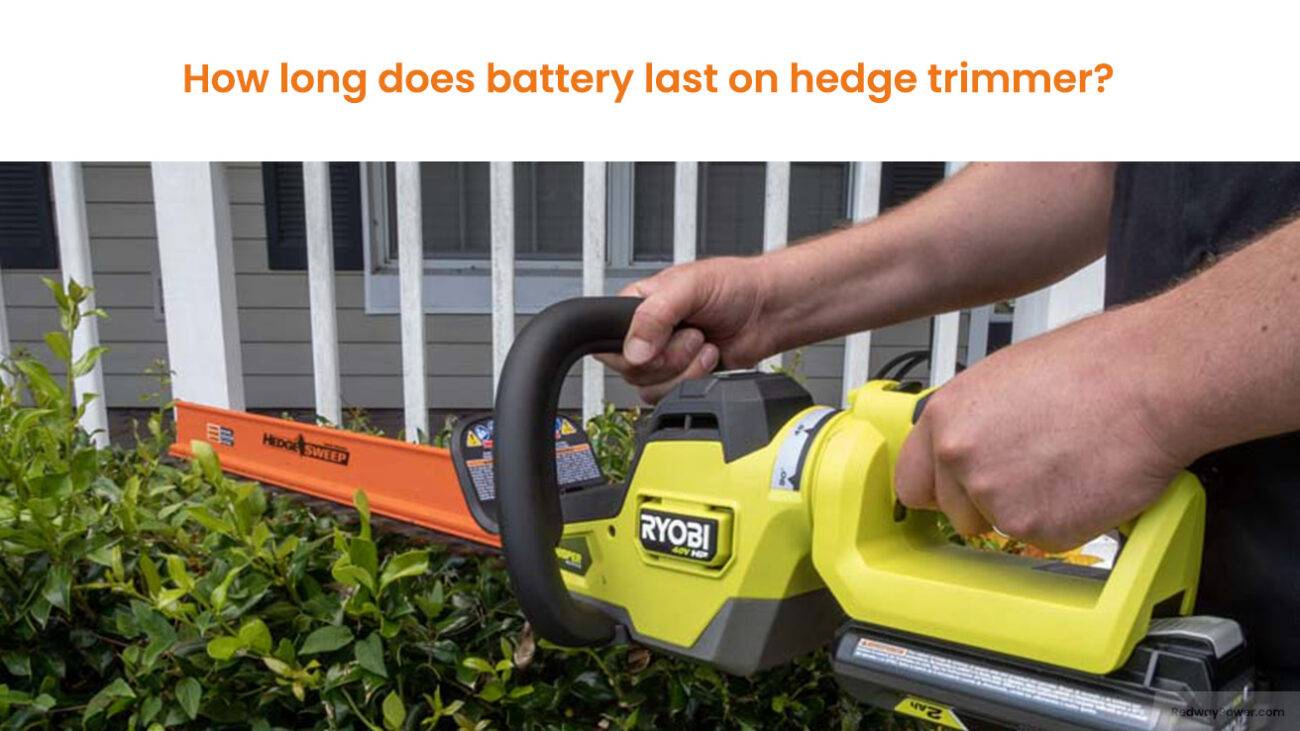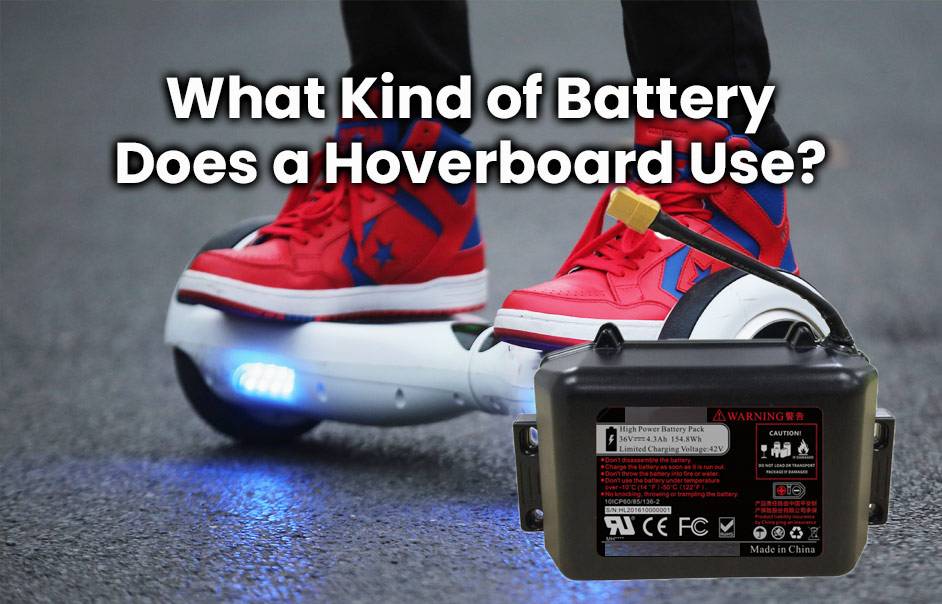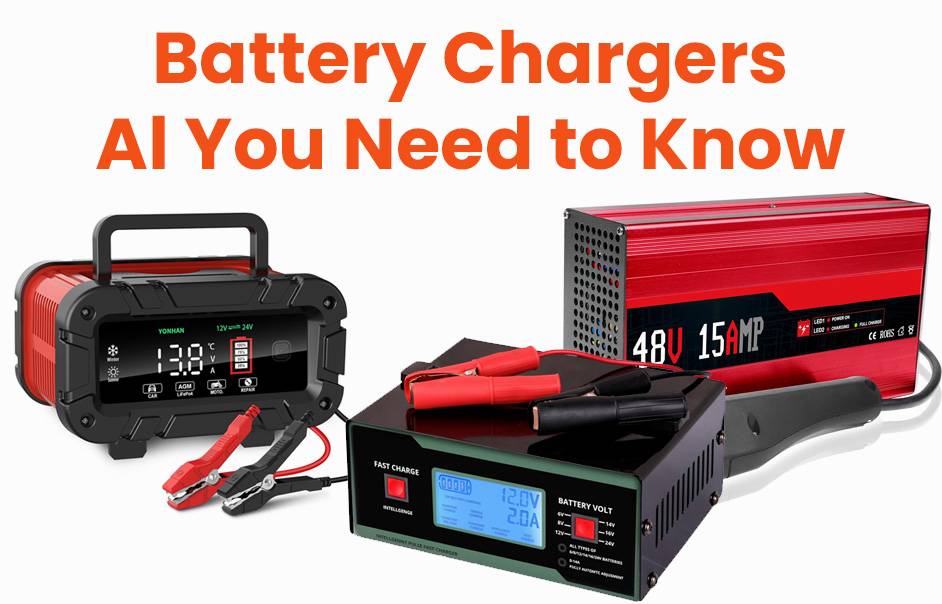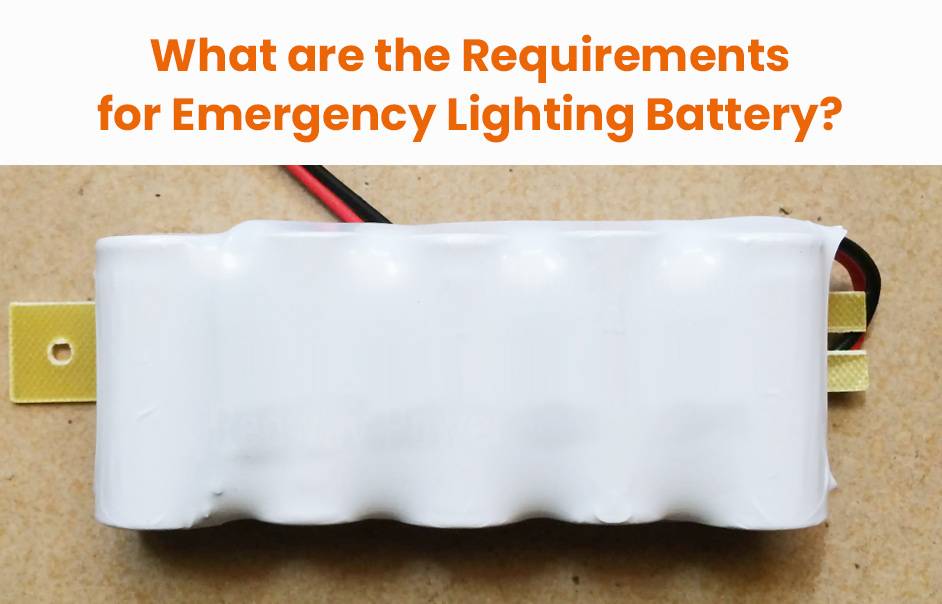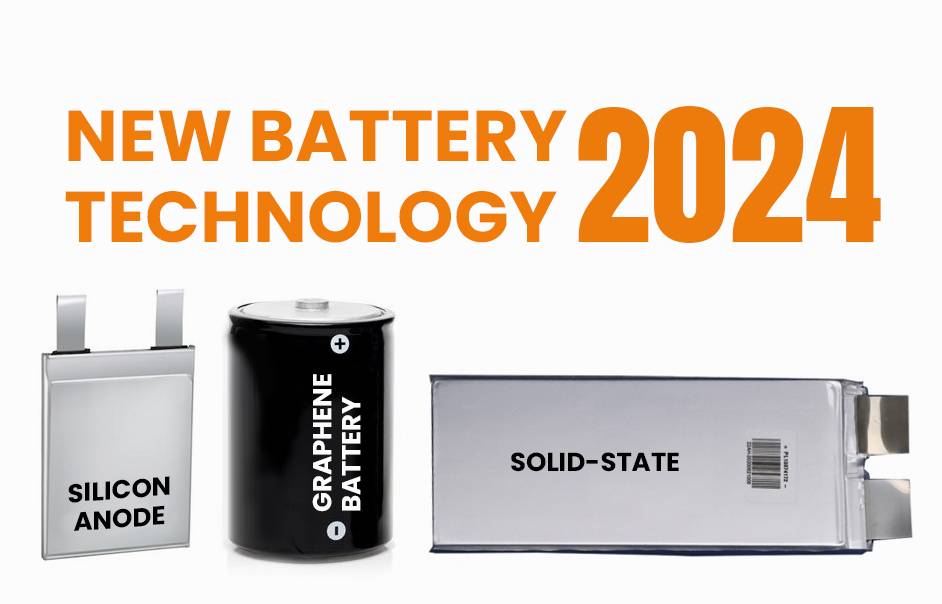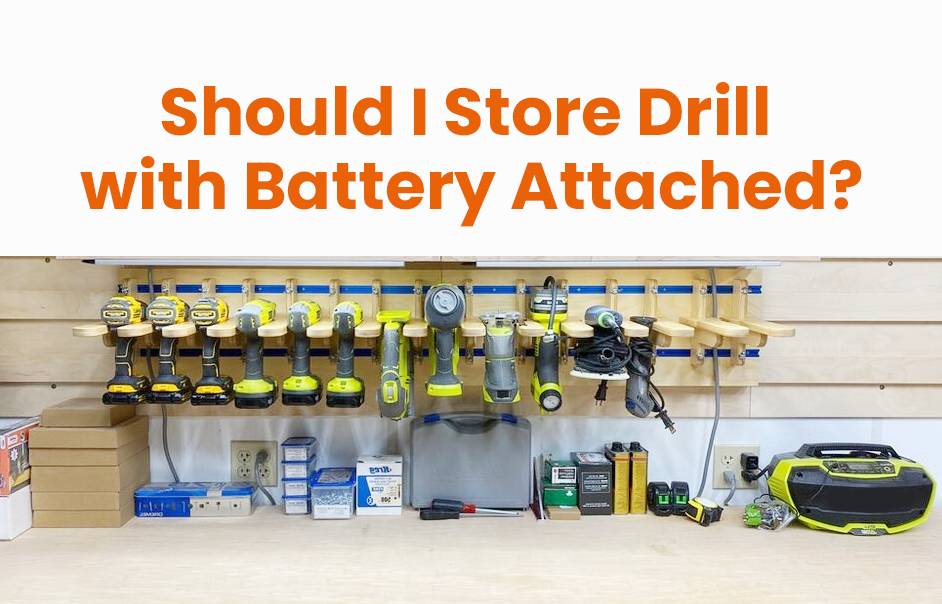- Forklift Lithium Battery
-
48V
- 48V 210Ah
- 48V 300Ah
- 48V 420Ah (949 x 349 x 569 mm)
- 48V 420Ah (950 x 421 x 450 mm)
- 48V 456Ah
- 48V 460Ah (830 x 630 x 590 mm)
- 48V 460Ah (950 x 421 x 450 mm)
- 48V 460Ah (800 x 630 x 600 mm)
- 48V 460Ah (820 x 660 x 470 mm)
- 48V 500Ah
- 48V 560Ah (810 x 630 x 600 mm)
- 48V 560Ah (950 x 592 x 450 mm)
- 48V 600Ah
- 48V 630Ah
-
48V
- Lithium Golf Cart Battery
- 12V Lithium Battery
12V 150Ah Lithium RV Battery
Bluetooth App | BCI Group 31
LiFePO4 Lithium
Discharge Temperature -20°C ~ 65°C
Fast Charger 14.6V 50A
Solar MPPT Charging - 24V Lithium Battery
- 36V Lithium Battery
- 48V Lithium Battery
-
48V LiFePO4 Battery
- 48V 50Ah
- 48V 50Ah (for Golf Carts)
- 48V 60Ah (8D)
- 48V 100Ah (8D)
- 48V 100Ah
- 48V 100Ah (Discharge 100A for Golf Carts)
- 48V 100Ah (Discharge 150A for Golf Carts)
- 48V 100Ah (Discharge 200A for Golf Carts)
- 48V 150Ah (for Golf Carts)
- 48V 160Ah (Discharge 100A for Golf Carts)
- 48V 160Ah (Discharge 160A for Golf Carts)
-
48V LiFePO4 Battery
- 60V Lithium Battery
-
60V LiFePO4 Battery
- 60V 20Ah
- 60V 30Ah
- 60V 50Ah
- 60V 50Ah (Small Size / Side Terminal)
- 60V 100Ah (for Electric Motocycle, Electric Scooter, LSV, AGV)
- 60V 100Ah (for Forklift, AGV, Electric Scooter, Sweeper)
- 60V 150Ah (E-Motocycle / E-Scooter / E-Tricycle / Tour LSV)
- 60V 200Ah (for Forklift, AGV, Electric Scooter, Sweeper)
-
60V LiFePO4 Battery
- 72V~96V Lithium Battery
- Rack-mounted Lithium Battery
- E-Bike Battery
- All-in-One Home-ESS
- Wall-mount Battery ESS
-
Home-ESS Lithium Battery PowerWall
- 24V 100Ah 2.4kWh PW24100-S PowerWall
- 48V 50Ah 2.4kWh PW4850-S PowerWall
- 48V 50Ah 2.56kWh PW5150-S PowerWall
- 48V 100Ah 5.12kWh PW51100-F PowerWall (IP65)
- 48V 100Ah 5.12kWh PW51100-S PowerWall
- 48V 100Ah 5.12kWh PW51100-H PowerWall
- 48V 200Ah 10kWh PW51200-H PowerWall
- 48V 300Ah 15kWh PW51300-H PowerWall
PowerWall 51.2V 100Ah LiFePO4 Lithium Battery
Highly popular in Asia and Eastern Europe.
CE Certification | Home-ESS -
Home-ESS Lithium Battery PowerWall
- Portable Power Stations
What You Need to Know About the Tesla 4680 Battery
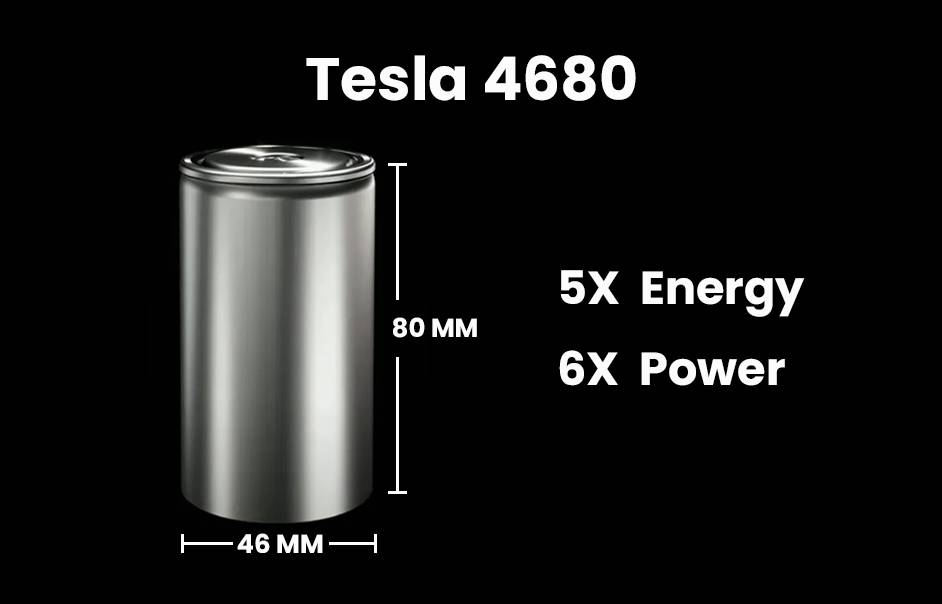
The Tesla 4680 battery is a revolutionary cylindrical lithium-ion battery designed for high efficiency and performance, featuring a diameter of 46mm and a height of 80mm. With impressive specifications like a capacity of approximately 26Ah, this battery is set to transform electric vehicle technology and energy storage solutions.
What Are the Specifications of the Tesla 4680 Battery?
The Tesla 4680 battery boasts significant specifications that enhance its performance:
- Diameter: 46mm
- Height: 80mm
- Capacity: Approximately 26Ah
- Energy Density: Ranges between 272 Wh/kg and 296 Wh/kg
These specifications allow it to store more energy than smaller formats like the 21700 or 18650 batteries, making it ideal for various applications.
Chart: Key Specifications Overview
| Specification | Value |
|---|---|
| Diameter | 46 mm |
| Height | 80 mm |
| Capacity | ~26 Ah |
| Energy Density | 272 – 296 Wh/kg |
How Does the 4680 Battery Compare to Other Lithium Batteries?
When compared to traditional lithium batteries such as the 18650, the 4680 battery offers:
- Higher capacity (approximately 5,500mAh) versus about 3,000mAh for an average 18650 battery.
- Faster charging times, reaching up to 80% in just about 15 minutes, compared to around 45 minutes for an equivalent charge on an 18650 battery.
This enhanced performance makes it particularly suitable for electric vehicles that demand quick recharging capabilities.
Chart: Comparison with Other Lithium Batteries
| Feature | Tesla 4680 | Typical 18650 |
|---|---|---|
| Capacity | ~5,500mAh | ~3,000mAh |
| Charging Time | ~15 minutes (80%) | ~45 minutes (80%) |
| Application | Electric vehicles | Laptops, power tools |
What Are the Advantages of the 4680 Battery Design?
The design of the Tesla 4680 battery incorporates several advantages:
- A tabless structure that reduces internal resistance, leading to improved efficiency and higher power output.
- Enhanced heat dissipation capabilities that mitigate risks associated with overheating.
- Simplified manufacturing processes that can lower production costs by approximately 14% compared to previous models.
How Is the 4680 Battery Constructed?
The construction of an 4680 battery involves advanced materials and techniques:
- Utilization of dry electrode technology improves energy density.
- An all-polar ear design enhances conductivity and reduces internal resistance.
- The cell casing is made from nickel-plated steel or stainless steel for durability.
Chart: Construction Features
| Feature | Description |
|---|---|
| Electrode Technology | Dry electrode technology |
| Tab Design | All-polar ear design |
| Cell Casing | Nickel-plated steel or stainless steel |
What Performance Metrics Are Associated with the 4680 Battery?
Performance metrics indicate that:
- The battery can deliver high power outputs essential for electric vehicle acceleration.
- It supports a long cycle life, estimated at around 1500 cycles, ensuring longevity in applications.
How Do Temperature Conditions Affect the Performance of 4680 Batteries?
Temperature can significantly influence performance; extreme cold can reduce capacity while excessive heat may lead to thermal runaway or damage. Optimal operating temperatures are crucial for maintaining efficiency.
Chart: Temperature Effects on Performance
| Temperature Range | Effect on Performance |
|---|---|
| Below -20°C | Reduced capacity |
| Above +60°C | Risk of thermal runaway |
What Are the Best Practices for Maintaining 4680 Batteries?
To ensure longevity and optimal performance:
- Store batteries at room temperature away from direct sunlight.
- Regularly check for any signs of wear or damage.
- Use chargers specifically designed for lithium-ion batteries.
Expert Views
“The introduction of Tesla’s 4680 battery marks a significant leap in battery technology,” states energy expert Dr. Sarah Thompson. “Its innovative design not only enhances performance but also addresses many safety concerns associated with lithium-ion batteries.”
FAQ Section
- How often should I charge my Tesla 4680 batteries?
Charge them when they reach about 20% capacity for optimal longevity. - Can I use any charger for my lithium-ion batteries?
No, always use chargers specifically designed for lithium-ion cells. - What should I do if my battery swells?
Immediately stop using it, safely dispose of it according to local regulations, and avoid further charging.
